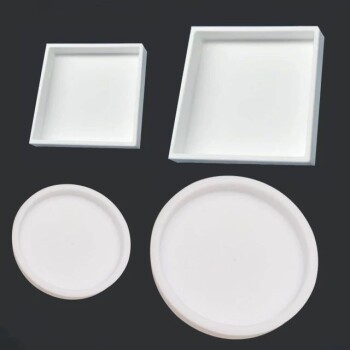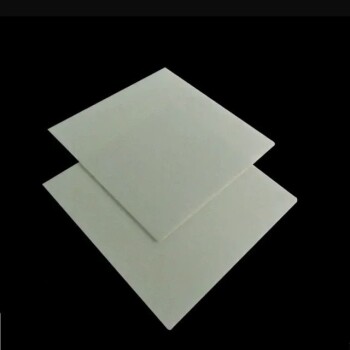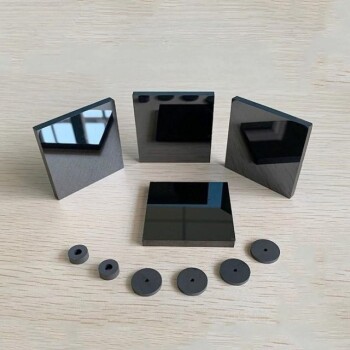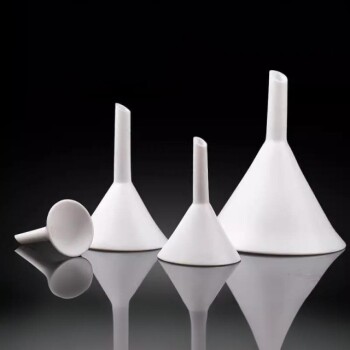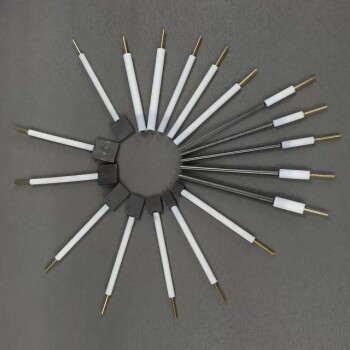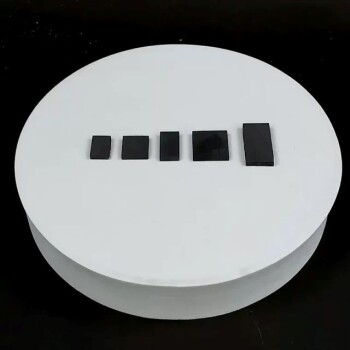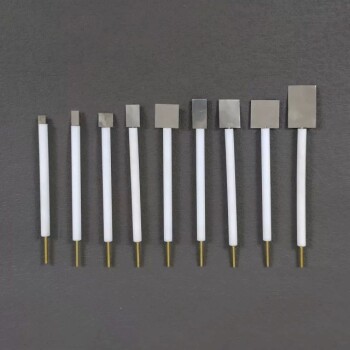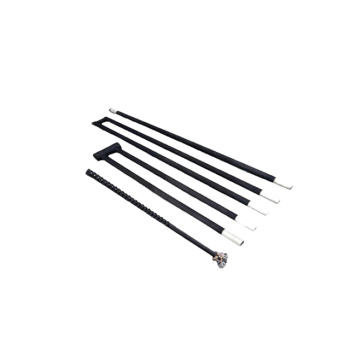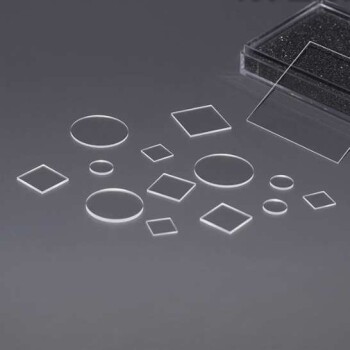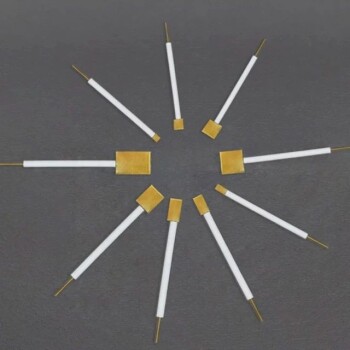Yes, you can absolutely laminate without a laminator. The most common and effective DIY method involves using thermal laminating pouches and a standard household iron to provide the necessary heat and pressure. While it requires more care than a machine, it is a perfectly viable way to protect documents or craft projects with items you likely already have.
The core challenge of laminating without a machine is achieving consistent heat and pressure. While using an iron is possible for thermal pouches, self-adhesive laminating sheets offer a safer, heat-free alternative that often yields more reliable results for important documents.
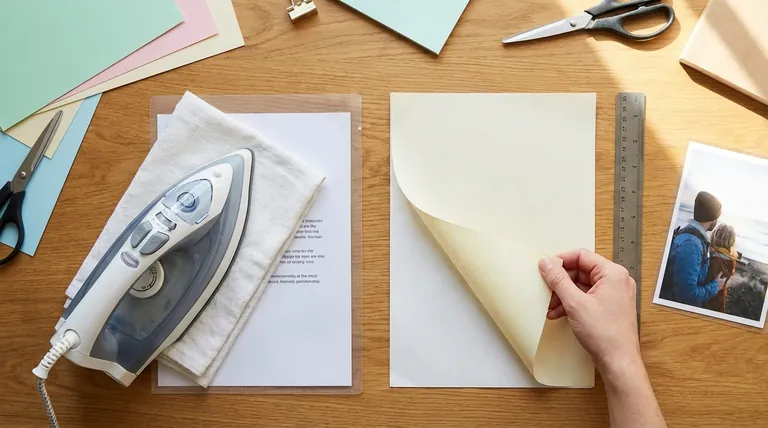
The Two Primary DIY Methods
When you need to laminate but don't have a machine, your choice comes down to applying heat manually or avoiding heat altogether. Both methods can work, but they serve different needs and come with different levels of risk.
Method 1: Thermal Pouches and an Iron
This technique mimics the function of a thermal laminator, using the heat from your iron to activate the adhesive in the laminating pouch.
First, place your document inside the laminating pouch, ensuring it's centered with an even border on all sides.
Place the pouch on a flat, hard, and heat-resistant surface, like a countertop or a sturdy table. Do not attempt this on a standard ironing board, as the soft surface can cause wrinkles.
Cover the pouch with a thin, protective piece of cotton fabric, such as a pillowcase or a tea towel. This prevents the plastic from melting directly onto your iron.
Set your iron to a low or medium heat setting with the steam function turned off. Press down firmly and move the iron slowly and evenly across the entire surface of the pouch for 30-60 seconds. Let it cool completely before handling to allow the seal to set.
Method 2: Self-Adhesive Laminating Sheets
For a completely heat-free option, self-adhesive sheets are the simplest and safest choice. These sheets function like a heavy-duty sticker.
You simply peel back the paper lining to expose the sticky surface. Carefully place your document onto the adhesive side.
The most critical step is to smooth the sheet down slowly and methodically, using a ruler or a credit card to press out any air bubbles as you go.
Understanding the Risks and Trade-offs
While these methods are effective in a pinch, it's crucial to understand their limitations compared to a dedicated machine.
The Risk of Uneven Sealing
An iron provides a single point of concentrated heat, unlike the consistent heat and pressure from a laminator's rollers. This can lead to cloudy spots or areas where the pouch doesn't fully adhere to the document.
The Danger of Air Bubbles and Wrinkles
Manual application, for both methods, makes it much harder to achieve a perfectly smooth, bubble-free finish. Wrinkles and bubbles are common and can be nearly impossible to remove once the adhesive has set.
Potential Damage to Your Document or Iron
Using an iron introduces the risk of overheating. Too much heat can melt the plastic pouch, permanently ruining both your document and the soleplate of your iron. Always start with a low temperature and perform a test on a non-essential item first.
Making the Right Choice for Your Project
Choosing the right method depends entirely on the value of your document and your tolerance for imperfection.
- If your primary focus is protecting an irreplaceable photo or document: Use self-adhesive sheets, as they eliminate the risk of heat damage entirely.
- If your primary focus is a low-cost craft or a non-critical item: The iron method is a functional and inexpensive solution, provided you work carefully.
- If your primary focus is a professional, flawless finish for multiple items: Investing in an inexpensive thermal laminator is the only way to guarantee consistent, high-quality results.
By understanding these methods and their trade-offs, you can confidently choose the right approach to protect your documents.
Summary Table:
| Method | Materials Needed | Best For | Key Risk |
|---|---|---|---|
| Thermal Pouches & Iron | Thermal pouch, household iron, cloth | Low-cost crafts, non-critical items | Overheating, uneven seals, wrinkles |
| Self-Adhesive Sheets | Self-adhesive laminating sheet | Irreplaceable photos/documents | Air bubbles if not applied carefully |
Need professional, flawless results for your projects? While DIY methods work for occasional use, consistent quality requires the right equipment. KINTEK specializes in providing reliable lab equipment and consumables to ensure your projects are protected with precision and durability. Contact our experts today to find the perfect laminating solution for your needs!
Visual Guide

Related Products
- Custom PTFE Teflon Parts Manufacturer for PTFE Containers
- Precision Machined Silicon Nitride (SiN) Ceramic Sheet for Engineering Advanced Fine Ceramics
- Silicon Carbide (SIC) Ceramic Sheet Wear-Resistant Engineering Advanced Fine Ceramics
- Custom PTFE Teflon Parts Manufacturer for PTFE Buchner Funnel and Triangular Funnel
- Graphite Disc Rod and Sheet Electrode Electrochemical Graphite Electrode
People Also Ask
- What is the lining material for an induction furnace? A Guide to High-Performance Refractories
- What materials are used in electron beam evaporation? Master High-Purity Thin Film Deposition
- How should a PTFE cleaning basket be cleaned and dried after use? Ensure Purity and Prevent Cross-Contamination
- Which materials are used as high temperature resistance materials? A Guide to Superalloys, Ceramics & Composites
- What criteria do companies use when choosing manufacturers for lab equipment? Ensure a Strategic Investment
